Drool comes hand in hand with having a doggo in the family, though some breeds clearly exhibit the dreaded oral drip more than others.
While a bit of mouth slime here and there is to be expected, you might need to determine if your dog’s drooling is normal or if it’s a sign of health issues — especially if you’re seeing an uptick in your pup’s normal slobber production. And for that matter, many owners are interested in learning if there are ways to reduce the amount of saliva pouring out of their pupper’s mouth.
We’ll dive deep into the facts about doggie drool and explain how to know what’s normal and what’s not, as well as discuss some potential causes and treatments below.
Excessive Drooling in Dogs: Key Takeaways
- Drooling is a normal biological phenomenon in most cases. However, dogs can also drool in response to health problems, so it’s important to monitor the amount of saliva your dog normally produces and take action if he begins doing so more than usual.
- Just about all dogs drool, but some do so much more than others. Typically, the breeds and dogs who produce the most saliva are those with big, jowly faces and lots of extra skin around the mouth.
- Normal, non-health related drooling is just something owners have to deal with. We’ll still share some tips for limiting the mess, such as keeping some white drool towels on hand for quick cleanup.
What Is Drool, Anyway?
Drool itself is just regular ‘ol saliva. But the technical term for the act of drooling is ptyalism or hypersalivation, meaning an overproduction of saliva. This extra saliva leaks out the corners of your pup’s mouth, leading to those infamous dangling spit ropes.
Some dogs drool because of their muzzle shape, while others only have leaky lips after enjoying a drink of water.
Of course, your dog may also drool while waiting for food, like when he watches you prepare his meals or while side-eyeing you enjoying yours. This is your pup’s natural reaction when expecting to eat, and it performs a biological function, as saliva breaks down food during digestion. Many dogs (even non-jowly ones) drool around food, particularly those high-value treats.
Your pup might also drool if he tastes something he doesn’t like, like medication or doggo toothpaste. It’s his way of ridding his mouth of the taste as fast as possible. Hiding his medication in a tasty treat like liverwurst can help curb this, as can using a flavored dog toothpaste when brushing his teeth.
Additionally, dogs may sometimes drool — or drool more — due to health problems or for other concerning reasons. We’ll discuss how to determine if your dog is drooling too much, or if his drooling may be cause for concern below.
Is Your Dog Drooling Too Much?
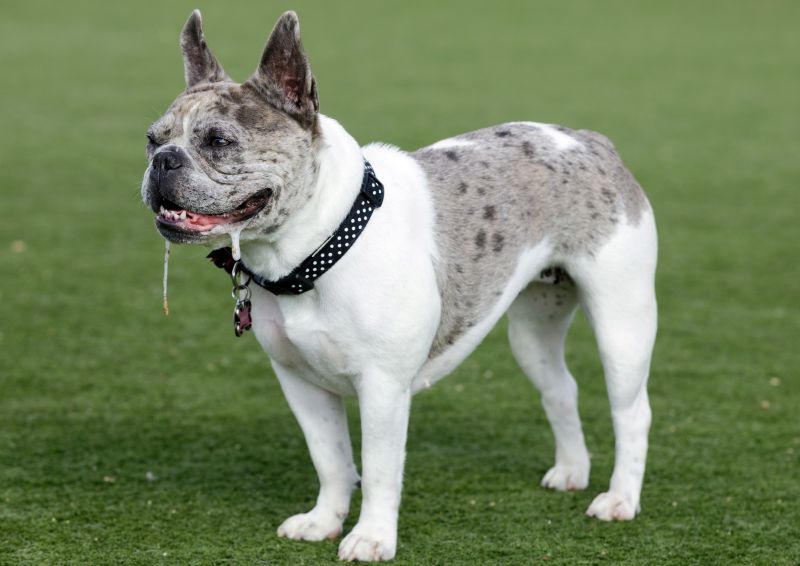
Determining if your dog is drooling too much requires you to compare his current production to how much he normally drools.
Some breeds, such as mastiffs, drool frequently, whereas Maltese don’t typically produce much at all. If your dog rarely drools and then suddenly starts to pour from the mouth with no obvious cause like drinking, it’s best to call your veterinarian right away.
For pups that regularly drool, pay attention to how often you’re having to wipe his face or clean up spittle around the house. If you’re noticing an increase, make a vet appointment for him to rule out any underlying causes.
It’s also a good idea to take a video of your dog drooling to show your vet, since we all know certain behaviors aren’t always replicated in the vet’s office.
Potential Problems: Health Issues That May Increase Doggy Drool
An increase — particularly a sudden increase — in your dog’s drooling may have an underlying health cause. And these issues aren’t even always related to your pup’s mouth.
In fact, an increase in the amount of drool produced can be a signal of trouble anywhere from head to tail, so it’s important to contact your veterinarian for a full exam if you’re noticing an uptick in drooling.
The most common causes of increased drooling are:
- Pain: If your pup’s experiencing pain anywhere on the body (such as joint pain), he may drool, pace, walk in a hunched manner, or refuse to settle.
- Tooth decay: A rotted or broken tooth might lead to your dog favoring one side of his mouth, resulting in drool. The slobber can also be a pain response, as we’ll discuss below.
- Anxiety: Doggos suffering from separation anxiety or thunder phobia may drool a lot. In fact, drooling is a common sign of anxiety when evaluating dog body language.
- Stomach upset: In addition to drooling, nausea may make your dog swallow frequently or smack his lips as he anticipates vomiting.
- Respiratory infection: Everything from sinus infections to kennel cough can lead to leaky jowls and noses.
- Mouth disease: A tumor or growth can affect swallowing, leading to leaking jowls.
- Mouth injury: Debris trapped between teeth or insect stings can lead to drooling or pawing at the mouth.
Several health emergencies can also lead to an increase in dog drooling, including:
- Heatstroke: As your pup’s body tries to cool, saliva production skyrockets.
- Bloat: Dogs suffering from bloat may drool abnormally, retch, or vomit frothy foam.
- Seizure: Many dogs drool excessively after seizing.
- Toxin ingestion: Your pup’s body can try to flush contaminants from his system through vomiting or diarrhea, but he may also drool.
- Foreign object ingestion: Swallowing something he shouldn’t, such as a squeaker or ball, can lead to an increase in saliva production as his body fights to break the object down in his digestive tract.
- Rabies: While rare in the U.S. among domesticated dogs, rabies can cause excessive drooling or “foaming” at the mouth. Keep your dog’s vaccines up-to-date, and this won’t be a concern.
If you suspect any of these emergency situations, take your dog to the nearest vet immediately.
Don’t have easy access to a vet? You may want to consider getting help from JustAnswer — a service that provides instant virtual-chat access to a certified vet online.
You can discuss the issue with them, and even share video or photos if need be. The online vet can help you determine what your next steps should be.
While talking with your own vet — who understands the ins and outs of your dog’s history — is probably ideal, JustAnswer is a good backup option.
Breeds That Naturally Drool a Lot
Breeds with a jowly appearance are prone to drooling. These breeds have droopy cheeks and lips where saliva pools and may leak at random. This includes slobbery surprises after drinking as well as occasionally flinging the sticky stuff around the house with a headshake.
If you’re not a fan of drool, steer clear of these salivating sweethearts:
- Bloodhound
- Newfoundland
- English mastiff
- Boerboel
- Dogue de Bordeaux
- Great Dane
- Boxer
- Bullmastiff
- Neapolitan mastiff
- Presa Canario
- Bulldog
- Saint Bernard
It’s important to note that even doggos with non-jowly faces can also drool, however. Ultimately, while some breeds drool more than others, it’s just impossible to completely avoid doggo drool, no matter which breed you choose.
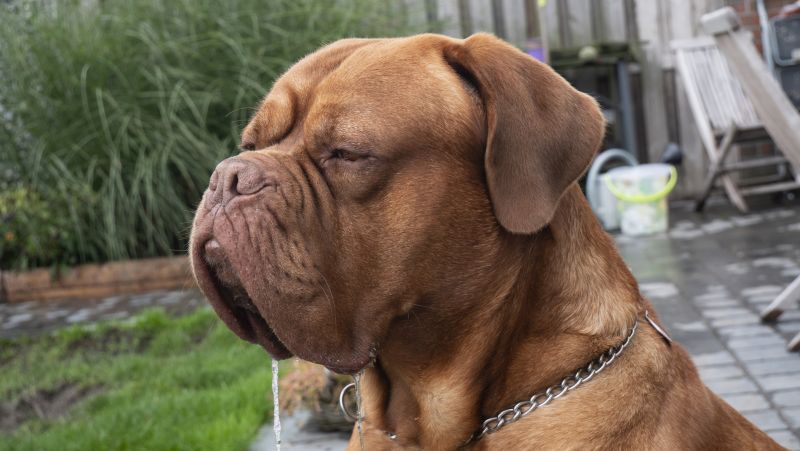
What Do You Do If Your Dog Drools Too Much?
You know your dog best. If you think he’s drooling too much or if your normally non-drooling doggo is suddenly drooling, it’s time to call your vet. Note other behavioral changes, regardless of how insignificant they may seem in passing, such as increased drinking, lethargy, or pickiness at mealtime.
It’s also important to pay attention to the drool itself. Your dog’s drool should be clear or almost clear, with no strong odor to it. If you notice a change in color or scent, contact your vet.
One other thing you may want to consider doing if Spot is a super-salivator is to pick up a water bowl specifically designed for sloppy drinkers.
This won’t reduce the amount of drool your doggo produces, but it will help reduce a little bit of the mess you’ll have to deal with on a daily basis.
How to Handle Your Dog Drooling
Having a drooling doggo requires more upkeep than other pups, with the obvious slobber cleanup front and center.
To cut down on spit smears around the house, keep drool rags handy to wipe your pooch’s face as needed, especially after eating or drinking. Buying a set of cheap white hand towels works best, as they can be machine washed and bleached to prevent odors and staining. The white coloring also helps highlight any changes in color immediately.
Keep your slobbering buddy as clean and dry as possible, especially if he’s long-haired since hotspots can become an issue if his fur or skin remains damp. Regularly inspect his chest and neck for signs of skin irritation, and bathe him as needed.
Your drooling four-footer also needs more oral healthcare than his non-drooling friends. Those meaty jowls trap a lot of bacteria and debris, so make sure you’re giving them a thorough check and cleaning during your pup’s regular toothbrushing.
Use a damp cloth and wipe along the side of his jowls to remove any buildup. A dental rinse or foam can also be used. Starting this routine in puppyhood is recommended since it’ll help him get used to the procedure while he’s still a pup.
***
Do you have a drooler at home? How do you handle his slobber? Do you have any tricks or tips for newbies? Let us know in the comments!
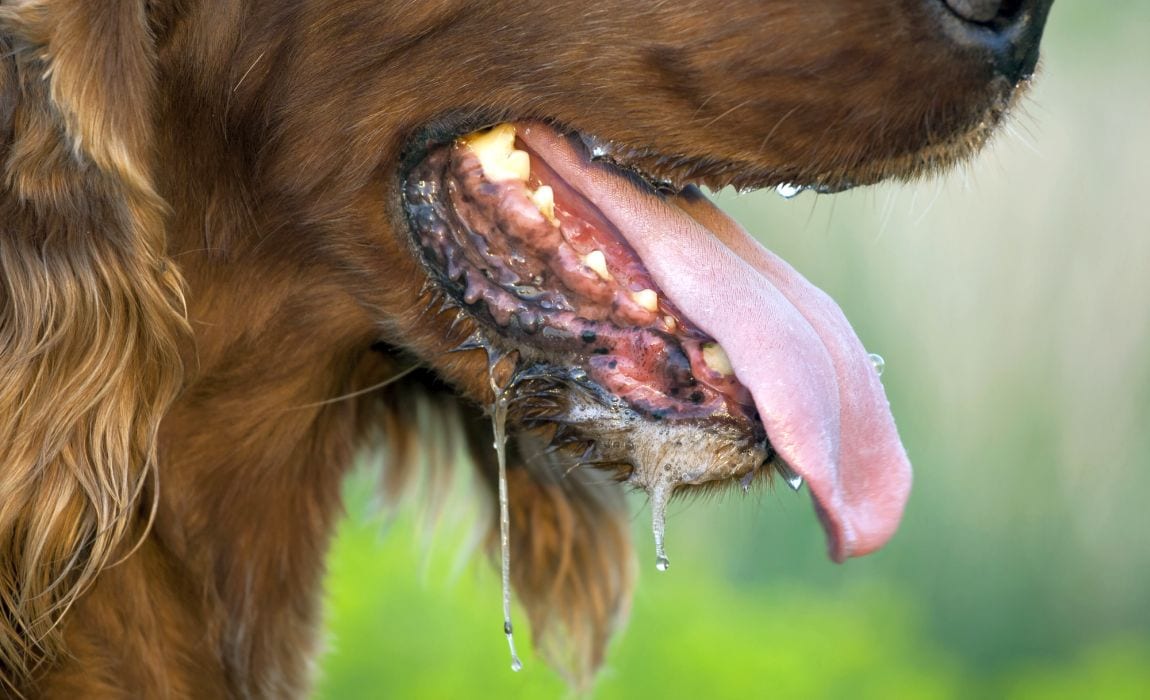


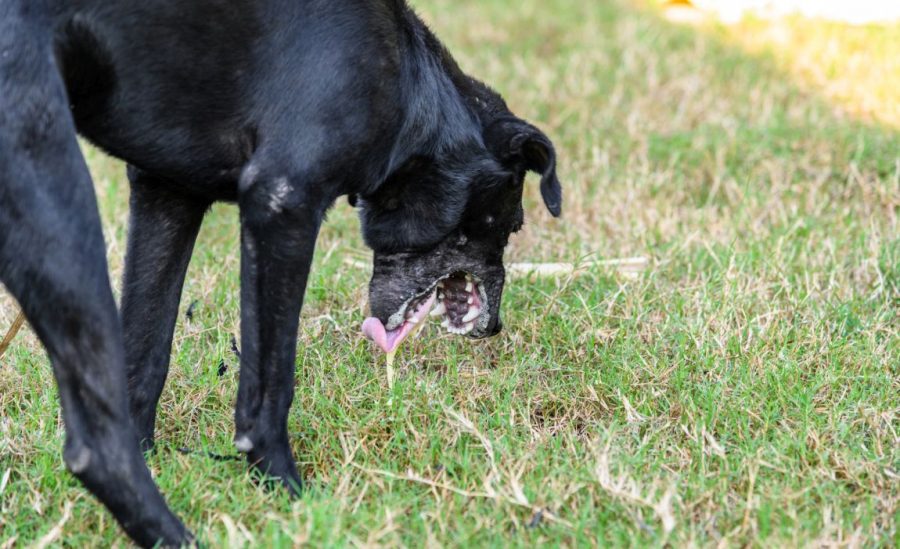


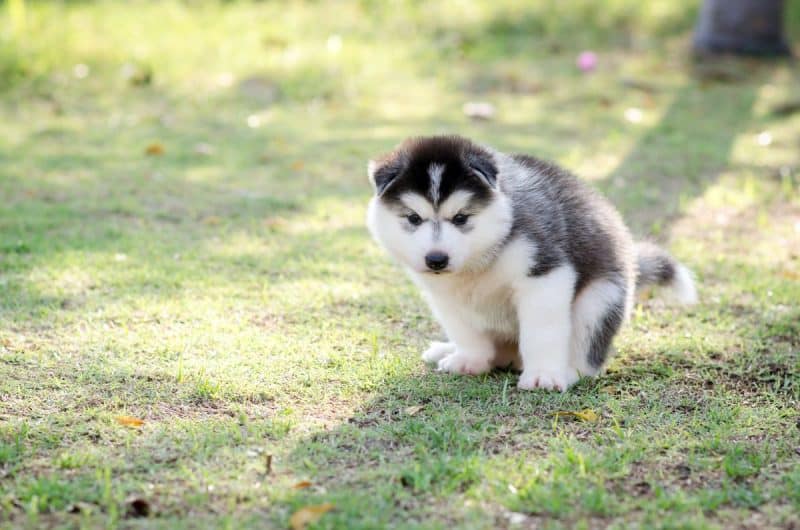
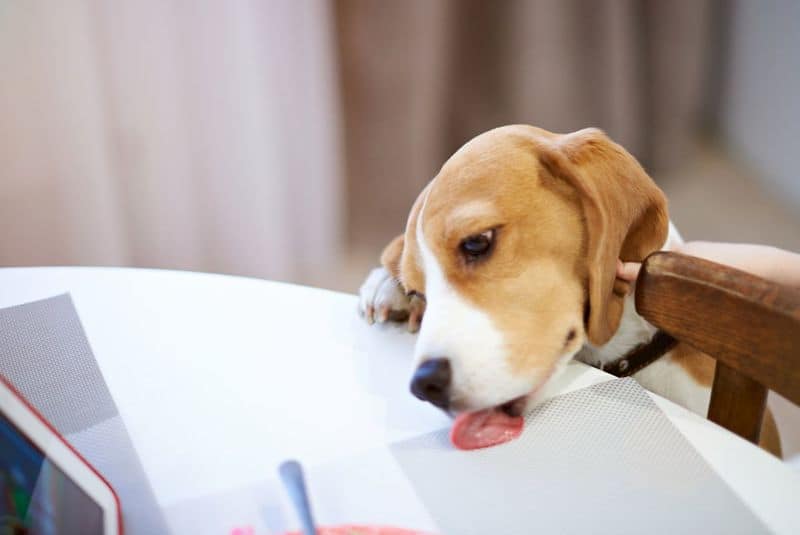

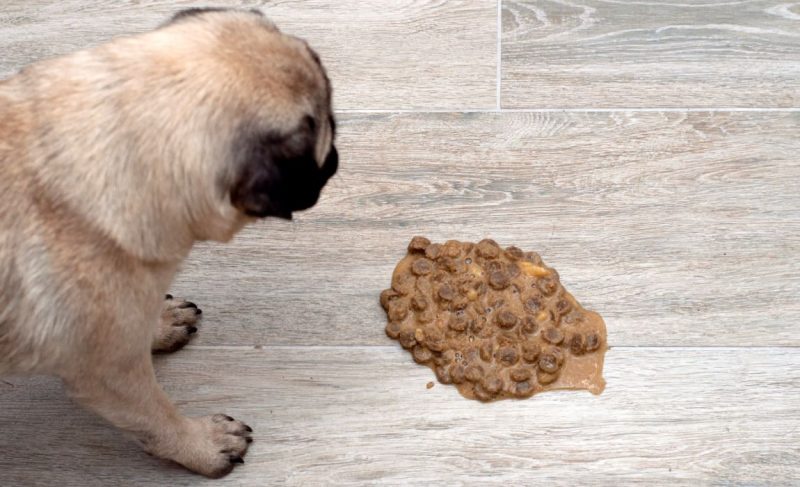
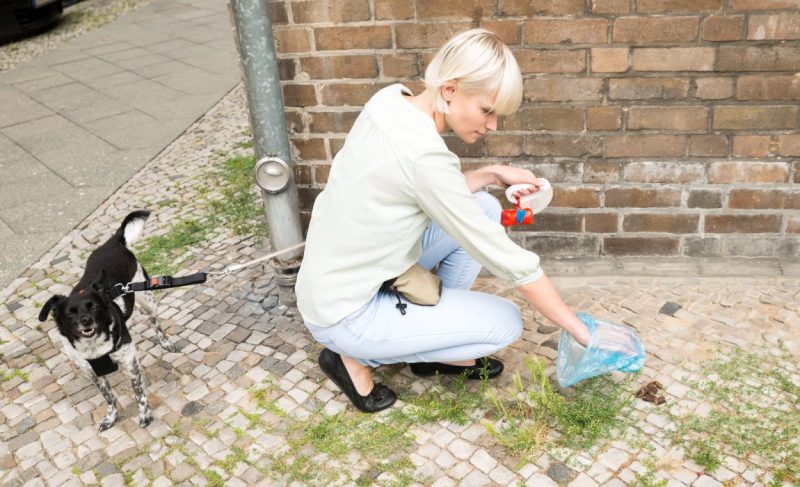
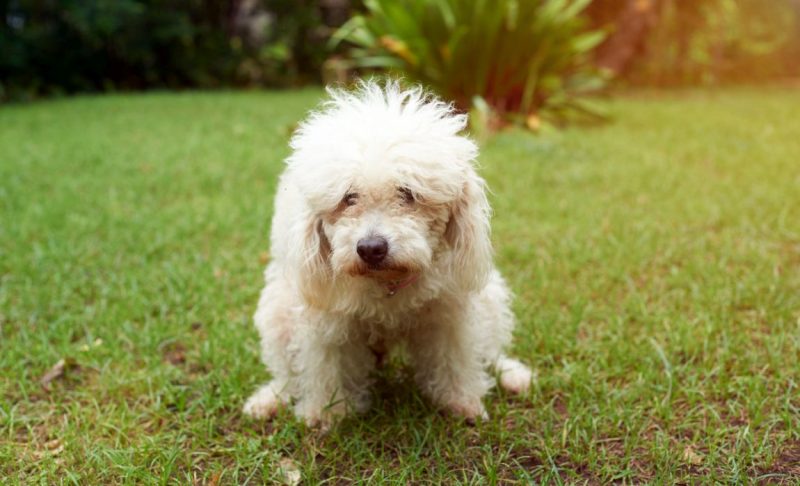
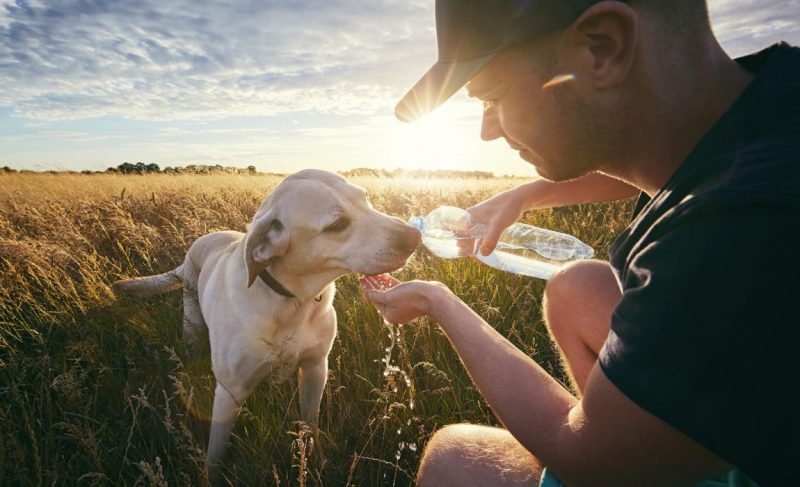

Leave a Comment